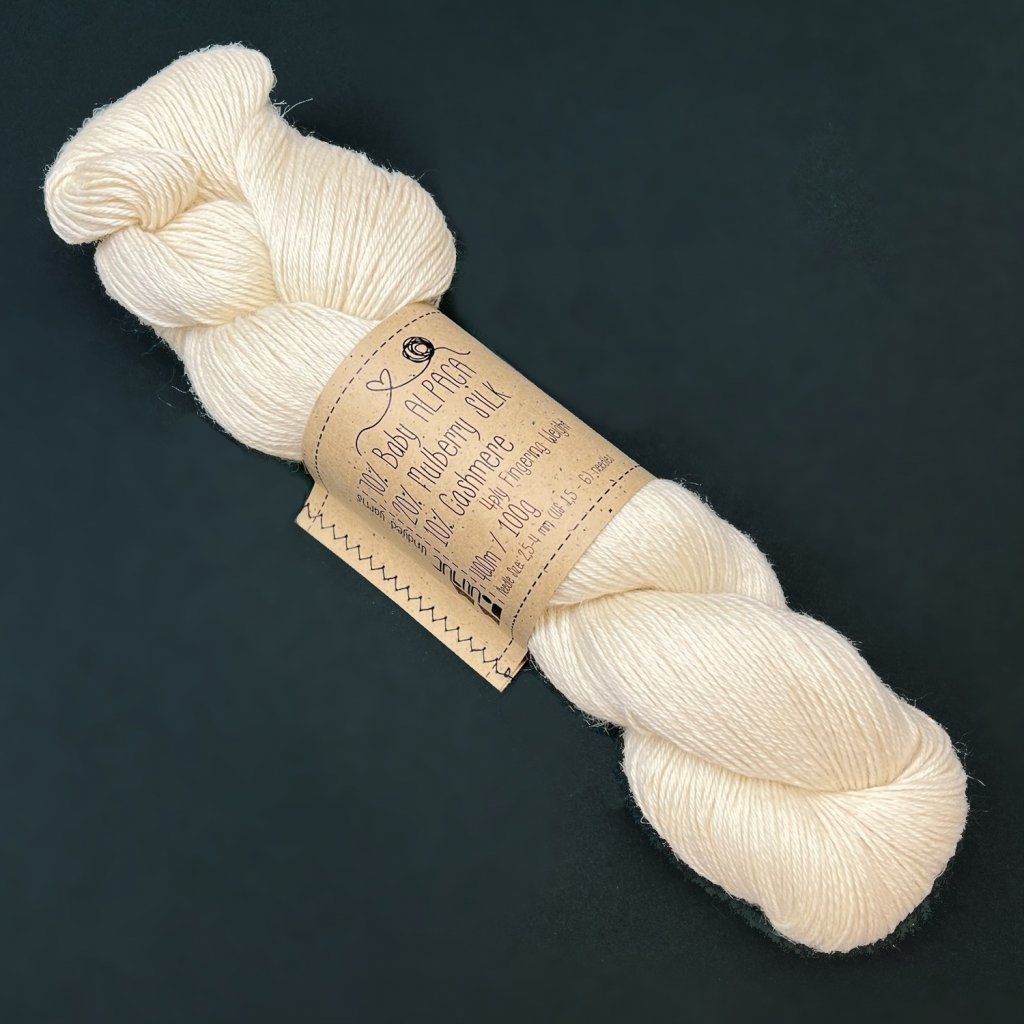The Perks of cashmere fibre: Why It’s the Most Sought-After Material
The Perks of cashmere fibre: Why It’s the Most Sought-After Material
Blog Article
Discover the Attraction of Cashmere a Natural Fiber: Why It's a Must-Have in Your Wardrobe
The appeal of cashmere, a luxury all-natural fiber, transcends plain appearances. From discussing its interesting origin to comprehending its production top quality, treatment, and procedure, it's worth checking out why cashmere holds such an unique location in the world of fabrics.

The Beginning and Background of Cashmere: A Short Summary
While many might see cashmere as a basic deluxe, its history is steeped in rich social practice. Originating from the Kashmir region in India, cashmere woollen has actually been produced for thousands of years. The fiber is acquired from the soft undercoat of cashmere goats, harvested throughout their molting period.
Understanding the Distinct Features of Cashmere Fiber
Cashmere, renowned for its distinct characteristics, attracts attention on the planet of fabrics. This lavish fiber is unbelievably soft, offering a cozy and comfortable feel unlike any type of various other. It is considerably warmer than wool, making it a perfect choice for wintertime garments. Regardless of its warmth, cashmere is surprisingly light-weight and does not add unnecessary bulk. This natural fiber is likewise recognized for its durability. While other materials might put on down in time, cashmere retains its high quality, ensuring resilient wear. Finally, cashmere has a distinct aesthetic charm. Its gentle gloss and sophistication make it a staple in high-end fashion. Comprehending these residential properties clears up why cashmere is not just a high-end, however a worthwhile investment for any closet.

The Refine of Producing Cashmere: From Goat to Garment
To appreciate the elegant residential or commercial properties of cashmere completely, one must recognize its trip from the raw fiber to the completed product. The process starts with the cashmere goats, predominantly discovered in Mongolia, China, and Iran. The soft undercoat of these goats, collected during their natural molting season in spring, supplies the raw product. This fragile fiber is after that carefully separated from the coarser external hair in a labor-intensive procedure known as dehairing. The pure cashmere is after that colored, spun right into yarn, and finally knitted or woven into the sought after garments. Each step is meticulously carried out to maintain cashmere's remarkable heat, softness, and toughness. This complex procedure causes the creation of a truly lavish textile.

Translating the Quality and Cost: Why Is Cashmere so Expensive?
Cashmere originates from the fine undercoat of the cashmere goat, with each goat producing a plain 150 grams each year. The handling of raw cashmere needs both time and competence, with the fibers needing to be carefully arranged, cleaned, and spun. These factors incorporated make cashmere a pricy yet very desired commodity in the world of style.
Cashmere in vogue: The Flexibility and Timeless Allure
In spite of its high price, the classic charm and flexibility of cashmere have solidified its area in the world of fashion. The fiber's one-of-a-kind structure, characterized by its soft More Info qualities and warmth, has actually ended up being synonymous with deluxe and convenience. Its flexibility expands beyond seasonal fads, making it a wardrobe important in numerous types, from classy sweatshirts to chic scarves. The functional nature of cashmere enables its integration right into both casual and official clothing, symbolizing its wide charm. In addition, the material's sustaining popularity for many years vouches for its classic charm. As patterns come and go, cashmere continues to be a constant, its appeal undiminished, remaining to inspire and shape the style industry's landscape.
Taking Care Of Your Cashmere: Upkeep and Conservation Tips
Guaranteeing the durability of cashmere garments needs particular treatment and focus. These treasured belongings must not be tossed into the cleaning maker with routine washing. Instead, hand washing with gentle, pH-neutral soap in lukewarm water is encouraged. After washing, they ought to not be wrung out. Instead, they should be gently pressed in between towels to soak up excess water, after that laid level to completely dry. Routine brushing with a cashmere comb can stop pilling. Keeping these products in a great, completely dry location, preferably in a breathable bag, can safeguard them from moths and humidity (is cashmere a natural fiber). A periodic airing outside, far from direct sunlight, can revitalize the fibers. With these upkeep and preservation pointers, one can guarantee their cashmere continues to be long lasting and luxuriously soft.
Final Thought
Cashmere, with its unmatched softness and heat, supplies both luxury and durability. Its beginning from the Kashmir region and thorough production procedure contribute to its high-end charm and cost. Its flexibility in vogue and sustaining charm make it a worthwhile investment for any kind of wardrobe. With correct care and conservation, cashmere garments can last for many years, offering a special blend of high quality, design, and comfort. Discover the appeal of cashmere and boost your fashion collection.

Report this page